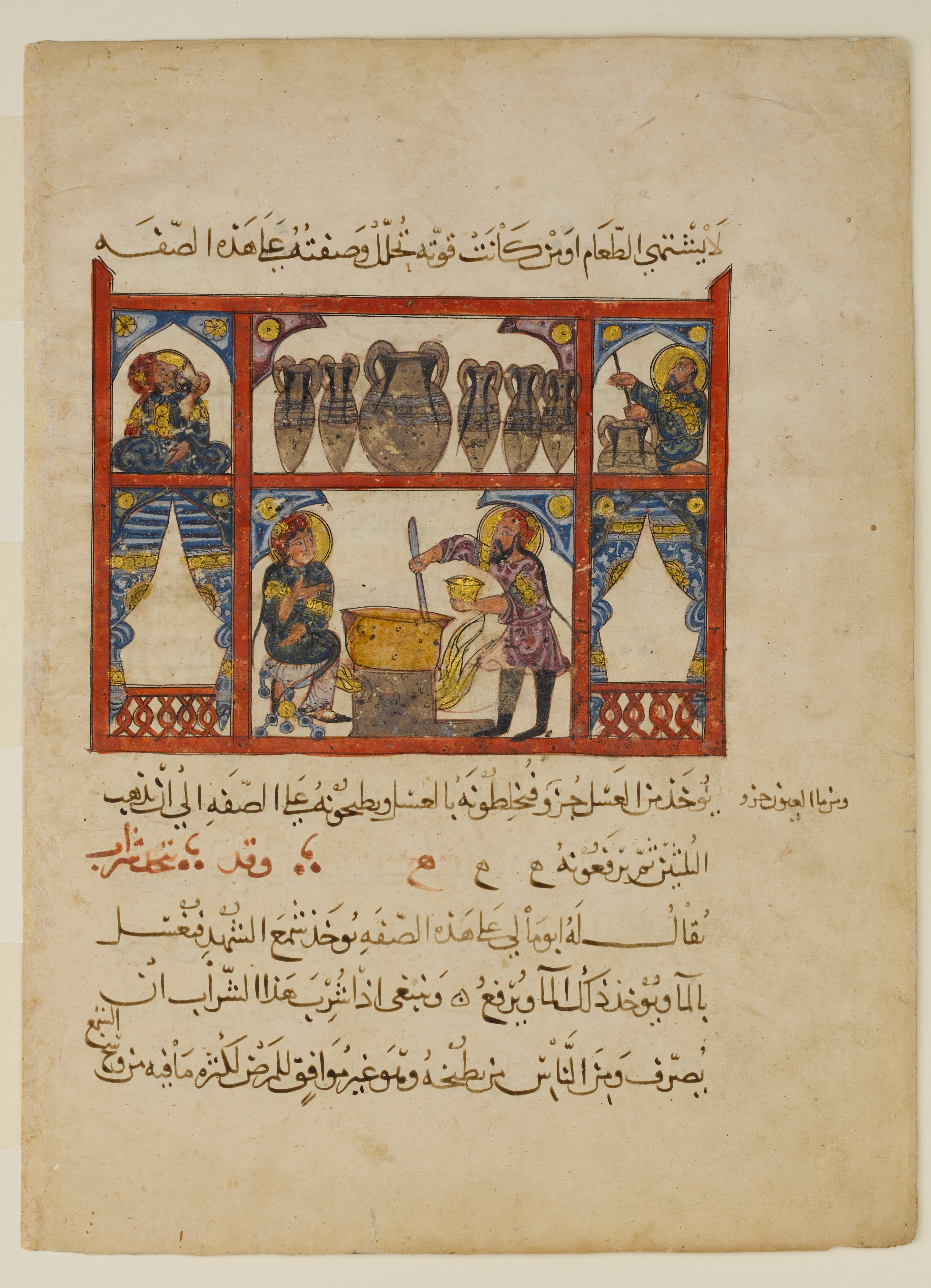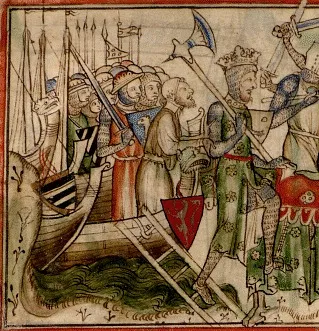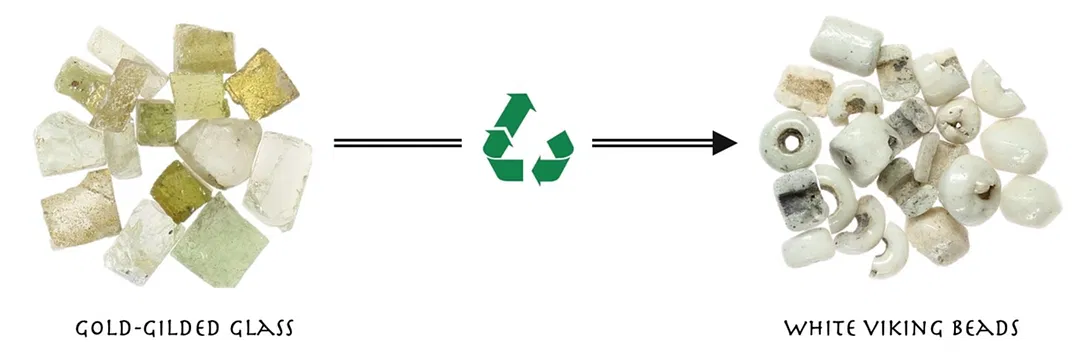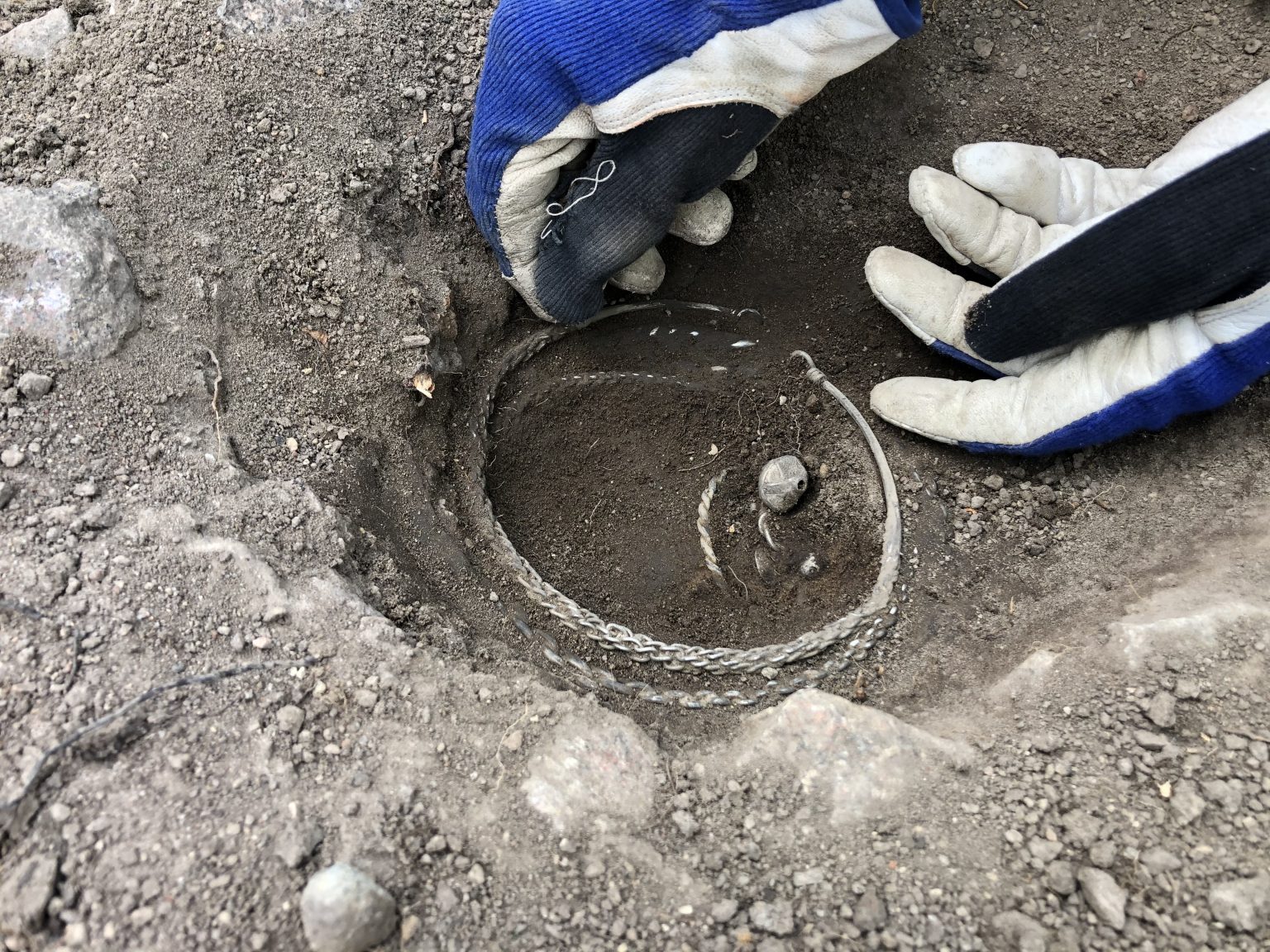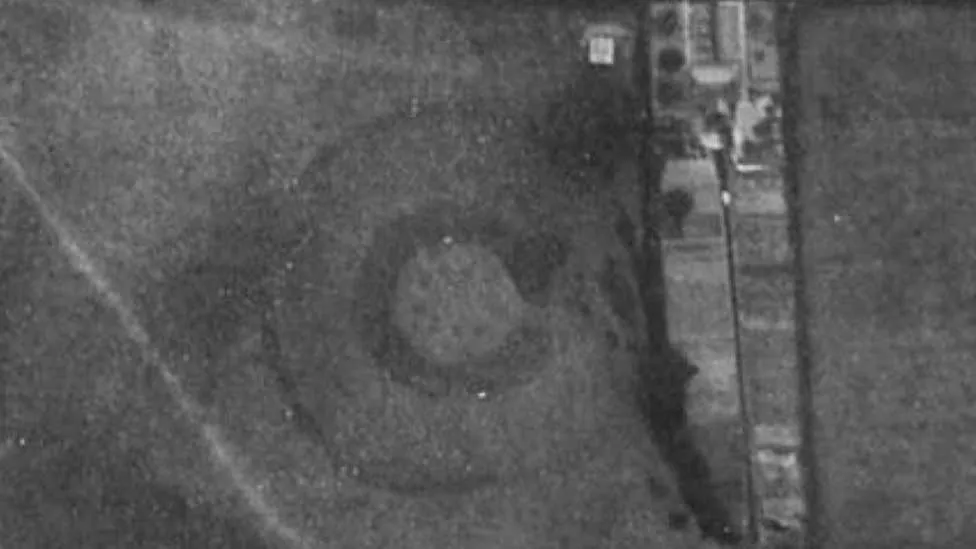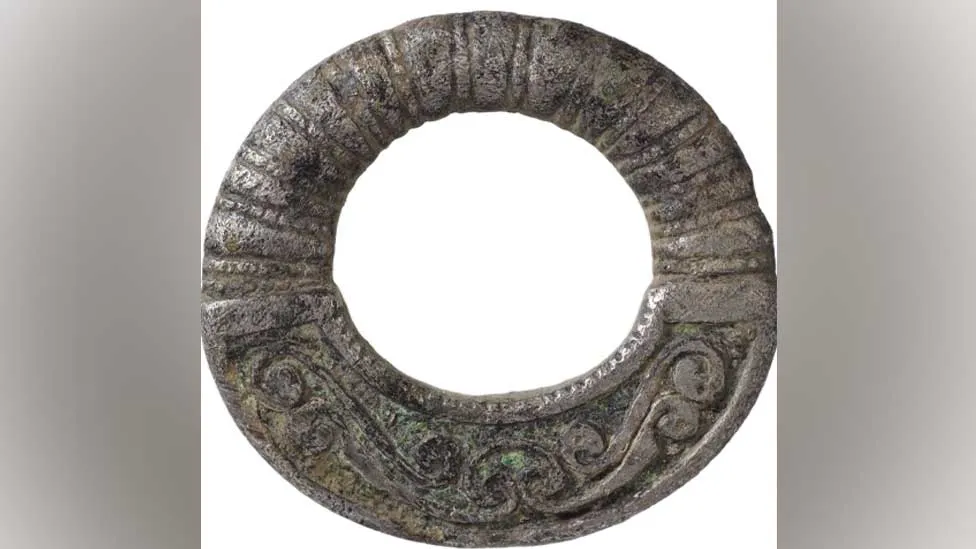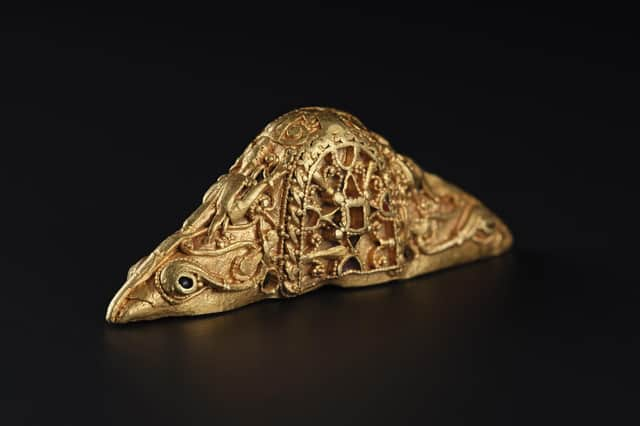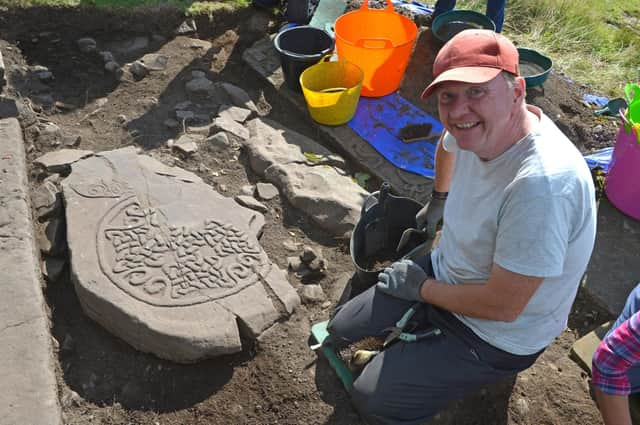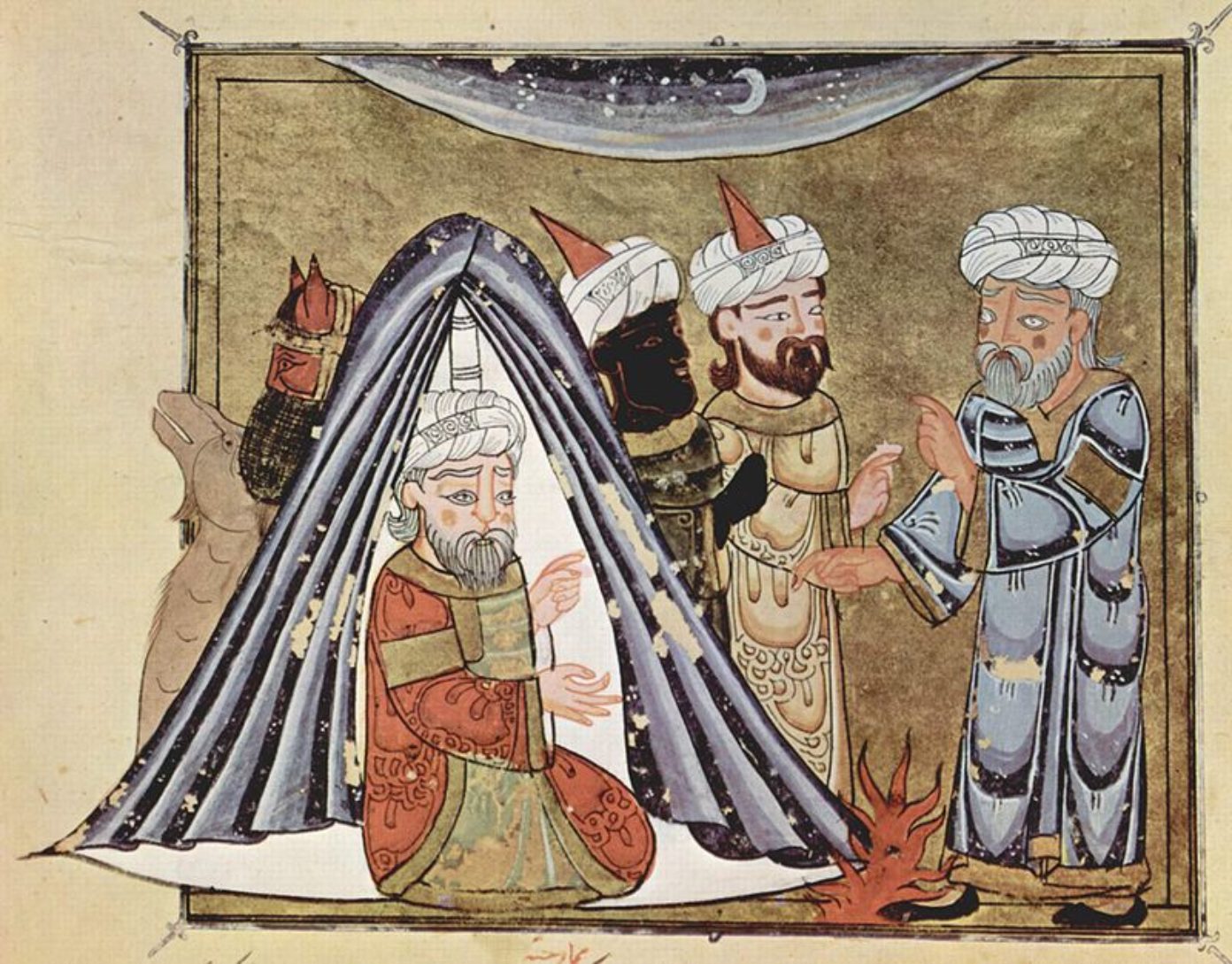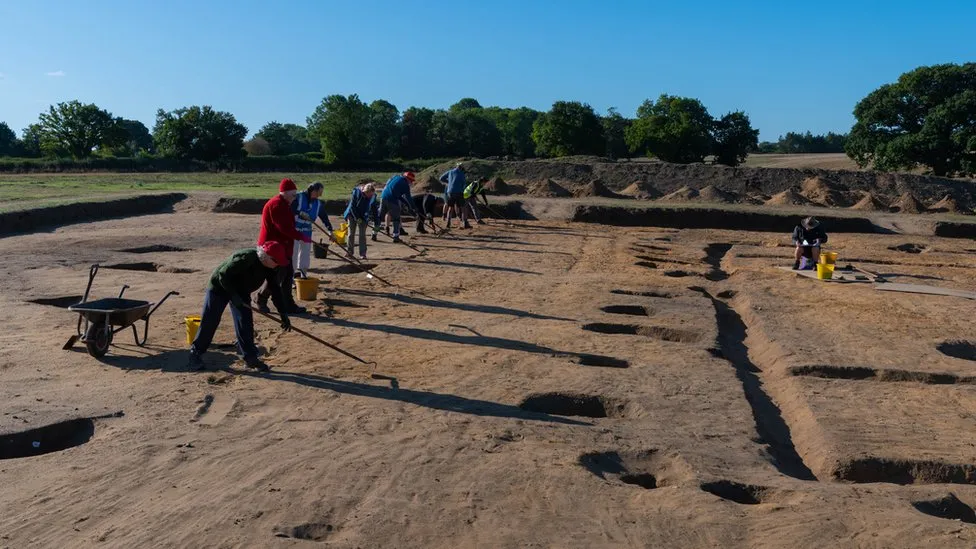Read the rest of this article...
Monday, October 31, 2022
Sex with humans – not climate change, disease or war – spelled the end for Neanderthals, scientists believe
Read the rest of this article...
Six recent discoveries that have changed how we think about human origins
Read the rest of this article...
Sunday, October 30, 2022
"Preparing Medicine from Honey"
Read the rest of this article...
Harald Hardrada: King of Norway
Read the rest of this article...
The Value and Power of Books in Anglo-Saxon England
Read the rest of this article...
Saturday, October 29, 2022
Landscapes of the Norman Conquest
An exciting new book “Landscapes of the Norman Conquest” by Trevor Rowley has now been published.
For a long time, the Norman Conquest has
been viewed as a turning point in English history; an event which transformed
English identity, sovereignty, kingship, and culture. The years between 1066
and 1086 saw the largest transfer of property ever seen in English History,
comparable in scale, if not greater, than the revolutions in France in 1789 and
Russia in 1917. This transfer and the means to achieve it had a profound effect
upon the English and Welsh landscape, an impact that is clearly visible almost
1,000 years afterwards.
Although there have been numerous books
examining different aspects of the British landscape, this is the first to look
specifically at the way in which the Normans shaped our towns and countryside.
The castles, abbeys, churches and
cathedrals built in the new Norman Romanesque style after 1066 represent the
most obvious legacy of what was effectively a colonial take-over of England.
Such phenomena furnished a broader landscape that was fashioned to intimidate
and demonstrate the Norman dominance of towns and villages.
The devastation that followed the Conquest,
characterised by the ‘Harrying of the North’, had a long-term impact in the
form of new planned settlements and agriculture. The imposition of Forest Laws,
restricting hunting to the Norman king and the establishment of a military
landscape in areas such as the Welsh Marches, had a similar impact on the
countryside.
Viking beadmakers’ secrets revealed in new study
Read the rest of this article...
Viking silver treasure uncovered in Täby in Stockholm
Read the rest of this article...
Viking unhacked silver hoard found in Sweden
Sweden sees Norway’s Viking hack silver hoard and raises with a Viking hoard of silver jewelry and coins in pristine unhacked condition. The hoard was discovered in an excavation of the Viking settlement of Täby, outside Stockholm. It was cached under the wooden floor of one of the Viking Age (800-1050 A.D.) houses about 1,000 years ago.
Read the rest of this article...
Monday, October 24, 2022
Norwich timber henge burnt in Neolithic winter solstice excavated
Read the rest of this article...
500,000-Year-Old Tools In Polish Cave May Have Belonged To Extinct Hominid Species
Read the rest of this article...
Ancient DNA reveals the social lives of the oldest known family group
Read the rest of this article...
East Walton silver pin find sheds light on end of Roman rule
Read the rest of this article...
Archeologists find tomb of Saint Nicholas, 4th century bishop and inspiration for Santa Claus
Read the rest of this article...
Metal detectorist’s find of lifetime as rare 700AD gold sword pommel uncovered
Read the rest of this article...
Saturday, October 22, 2022
Remains of Pictish period cross with bird carvings uncovered in Scottish kirkyard
Read the rest of this article...
Arab DNA Shows Route of Early Human Migration from Africa
Read the rest of this article...
The first horse herders and the impact of early Bronze Age steppe expansions into Asia
The Eurasian steppes reach from the Ukraine in Europe to Mongolia and China. Over the past 5000 years, these flat grasslands were thought to be the route for the ebb and flow of migrant humans, their horses, and their languages. de Barros Damgaard et al. probed whole-genome sequences from the remains of 74 individuals found across this region. Although there is evidence for migration into Europe from the steppes, the details of human movements are complex and involve independent acquisitions of horse cultures. Furthermore, it appears that the Indo-European Hittite language derived from Anatolia, not the steppes. The steppe people seem not to have penetrated South Asia. Genetic evidence indicates an independent history involving western Eurasian admixture into ancient South Asian peoples.
Read the rest of this article...
Secrets Of Iron Age Power Center Uppåkra Revealed By Archaeologists
Read the rest of this article...
Thor’s hammer amulet found in Sweden
Read the rest of this article...
Wednesday, October 05, 2022
10 of the Best Viking Museums in Europe
Read the rest of this article...
Tuesday, October 04, 2022
Rendlesham: 1,400-year-old royal hall unearthed
Read the rest of this article...


